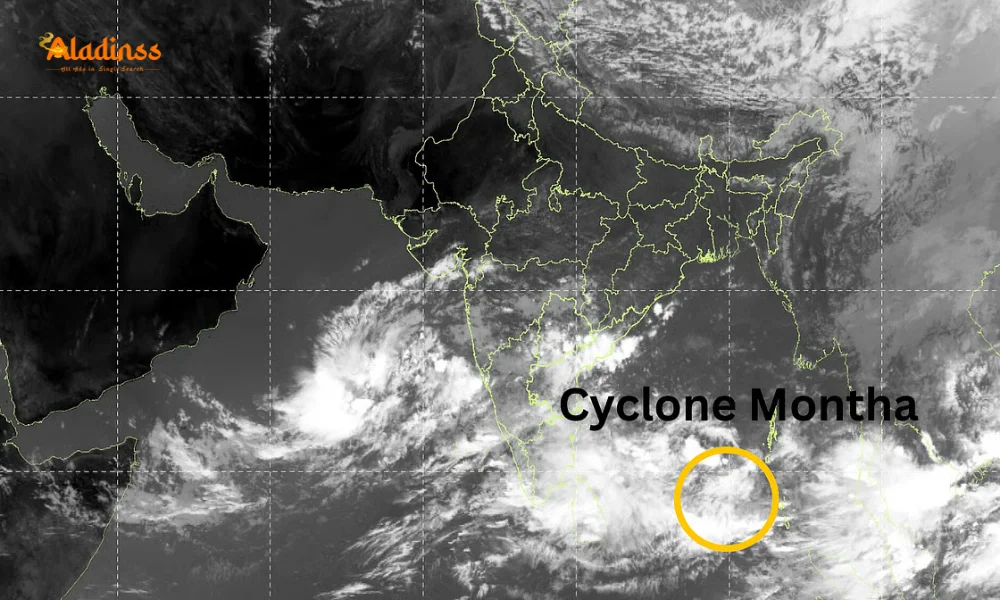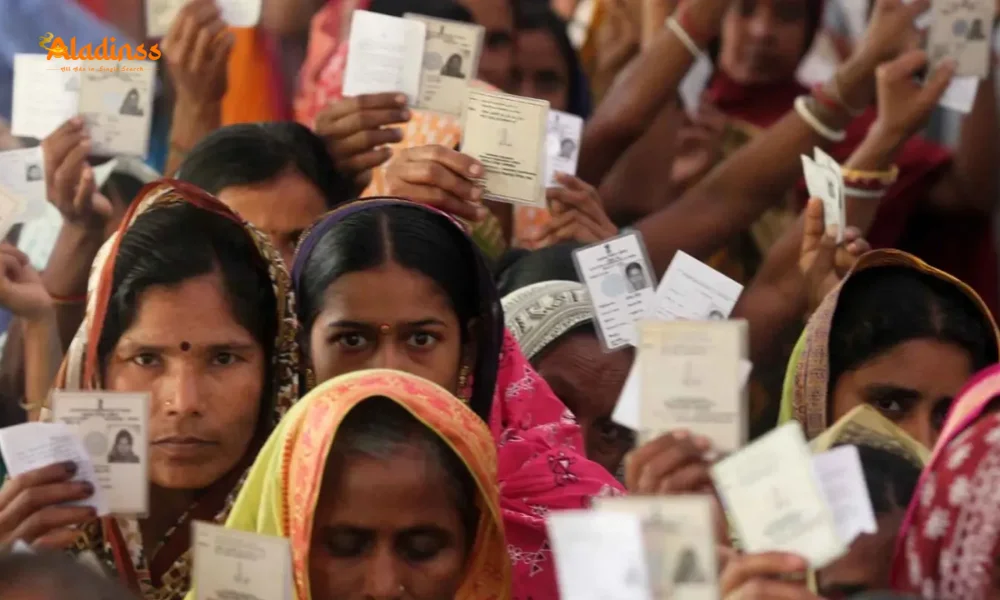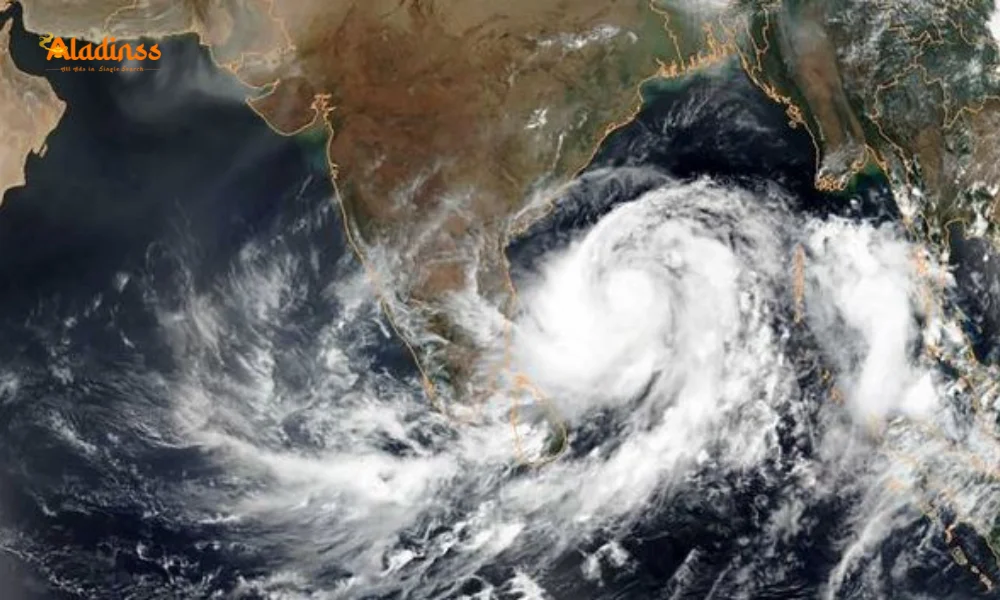Eclipse 2025: Dates, Times, and Visibility in India
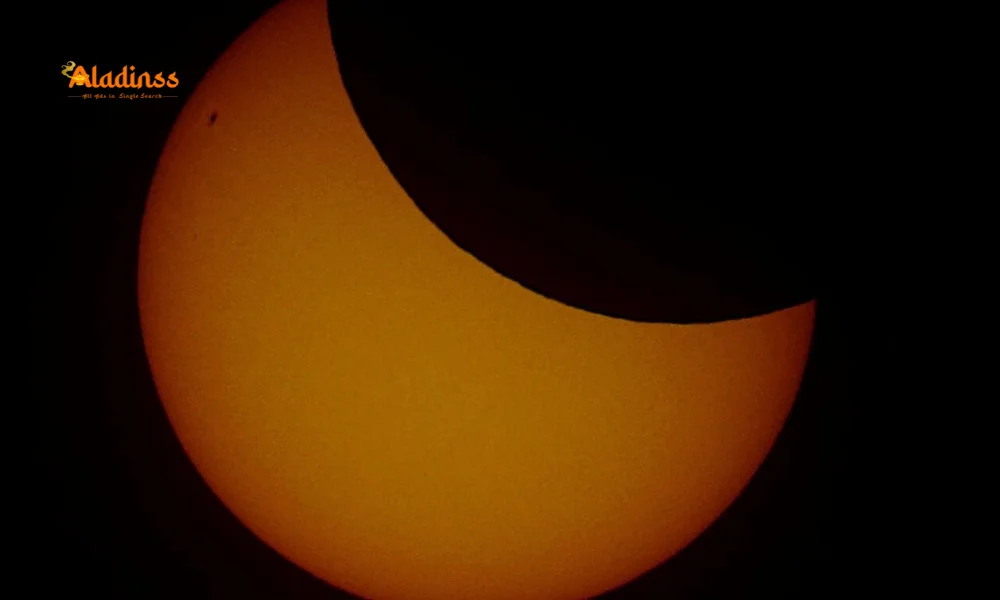
Eclipse 2025: Dates, Times, and Visibility in India for Upcoming Celestial Events
The year 2025 promises a spectacular lineup of celestial events, with a total of four eclipses—two solar and two lunar—captivating skywatchers worldwide. In India, astronomy enthusiasts are particularly eager to know when the next eclipse will occur and whether it will be visible in the country. While the first eclipse of 2025, a total lunar eclipse on March 14, coincides with the vibrant festival of Holi, it will not be visible in India. The subsequent eclipses, including a partial solar eclipse on March 29, a total lunar eclipse on September 7-8, and another partial solar eclipse on September 21, also have varying visibility in India. This article provides a detailed overview of the 2025 eclipses, their timings, visibility in India, and their cultural and scientific significance.
Eclipses have long fascinated humanity, blending scientific wonder with cultural and astrological significance. In India, eclipses, known as Grahan, hold a special place in Vedic astrology, often accompanied by rituals and observances like the Sutak period. However, the applicability of these traditions depends on whether the eclipse is visible in the region. Below, we explore the details of each eclipse, their impact, and what Indian skywatchers can expect in 2025, based on astronomical data and insights from experts like Unnao-based astrologer Rishikant Mishra Shastri.
Understanding Solar and Lunar Eclipses
Eclipses occur due to the precise alignment of the Sun, Moon, and Earth, creating stunning visual phenomena in the sky. A solar eclipse happens when the Moon passes between the Earth and the Sun, casting a shadow that partially or fully blocks sunlight. There are three types of solar eclipses: partial, where only a portion of the Sun is obscured; annular, where the Moon covers the Sun’s center, leaving a bright ring; and total, where the Sun is completely blocked. In contrast, a lunar eclipse occurs when the Earth passes between the Sun and the Moon, casting its shadow on the Moon, often giving it a reddish hue known as a “Blood Moon.”
In 2025, the four eclipses will offer a mix of these phenomena, but their visibility in India varies. According to astronomical sources, only one of the four eclipses—a total lunar eclipse on September 7-8—will be visible in India, making it a significant event for skywatchers and those observing traditional practices. The other three eclipses, including two solar eclipses, will not be visible, meaning the associated Sutak period, an inauspicious time in Vedic astrology, will not apply in most parts of the country.
Eclipse Schedule for 2025: Dates and Timings
The year 2025 will feature four eclipses, each with specific timings and visibility regions. Below is a detailed breakdown of these events, with timings in Indian Standard Time (IST) and their visibility status in India:
- March 14, 2025 – Total Lunar Eclipse: This eclipse, coinciding with Holi, will occur during daytime in India, from 9:29 AM to 3:39 PM IST, with the peak at 12:29 PM. It will not be visible in India, as it occurs during daylight hours. Visible regions include North and South America, Western Europe, and parts of the Atlantic. Since it is not visible, the Sutak period will not be observed in India.
- March 29, 2025 – Partial Solar Eclipse: This eclipse will begin at 2:21 PM IST, peak at 4:17 PM, and end at 6:14 PM, lasting approximately 3 hours and 53 minutes. It will be visible in parts of Europe, North America, Africa, and Asia, but not in India due to the Moon’s shadow path bypassing the country. The Sutak period will not apply in India.
- September 7-8, 2025 – Total Lunar Eclipse: This eclipse will start at 9:56:08 PM IST on September 7 and end at 1:26:08 AM on September 8, with totality from 11:00 PM to 12:22 AM. It will be visible across India, particularly in cities like Chennai, as well as in Asia, Europe, Australia, and Antarctica. The Sutak period, starting 12 hours before the eclipse, will be observed in regions where the eclipse is visible, such as Chennai.
- September 21, 2025 – Partial Solar Eclipse: This eclipse will begin at 10:59:08 PM IST on September 21 and end at 3:23 AM on September 22. It will be visible in Australia, Antarctica, and parts of the Pacific and Atlantic Oceans, but not in India. Consequently, the Sutak period will not apply in India.
Visibility in India: What to Expect
Of the four eclipses in 2025, only the total lunar eclipse on September 7-8 will be visible in India. This event, often referred to as a “Blood Moon” due to the reddish hue caused by Earth’s atmosphere scattering sunlight, will be a highlight for Indian skywatchers. Visible across most parts of the country, including major cities like Chennai, Delhi, Mumbai, and Kolkata, this eclipse will occur during the night, making it accessible to a wide audience. The totality phase, lasting 82 minutes, will offer a stunning view as the Moon fully enters Earth’s umbra, or darkest shadow.
The other three eclipses—two solar and one lunar—will not be visible in India. The March 14 lunar eclipse occurs during daytime, rendering it invisible, while both solar eclipses on March 29 and September 21 will have their shadow paths outside India’s geographical boundaries. For those eager to witness these events, live streams from organizations like NASA, ISRO, or other astronomical platforms will provide real-time coverage with expert commentary, ensuring that Indian enthusiasts can still experience these celestial spectacles.
Cultural and Astrological Significance in India
In India, eclipses are not just astronomical events but also hold deep cultural and astrological significance. Known as Chandra Grahan (lunar eclipse) and Surya Grahan (solar eclipse) in Hindi, these events are associated with myths and rituals in Hindu tradition. According to Vedic astrology, eclipses are considered inauspicious due to the belief that the shadow planets Rahu and Ketu influence the Sun and Moon, creating a temporary cosmic imbalance. The Sutak period, a time of ritual observance starting 12 hours before a visible eclipse, involves practices like fasting, avoiding cooking or eating, and engaging in meditation or chanting to mitigate negative energies.
For the September 7-8 lunar eclipse, the Sutak period will be observed in regions where the eclipse is visible, such as Chennai. Astrologers like Rishikant Mishra Shastri emphasize that traditional practices, including chanting mantras or performing puja, are recommended during this time. However, since the other three eclipses are not visible in India, the Sutak period will not apply, allowing normal activities to continue without restriction. These cultural practices highlight the unique blend of science and spirituality that eclipses inspire in India.
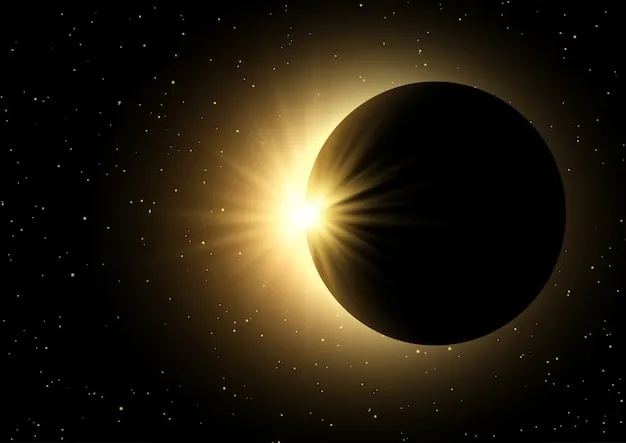
How to Safely Observe Eclipses
While lunar eclipses are safe to observe with the naked eye, solar eclipses require special precautions to protect vision. The partial solar eclipses on March 29 and September 21, though not visible in India, underscore the importance of safety for those in visible regions. Direct exposure to the Sun during a solar eclipse can cause retinal burns and permanent eye damage. To safely view a solar eclipse, use ISO-certified eclipse glasses, solar filters for telescopes or binoculars, or indirect methods like pinhole projectors. Organizations like NASA recommend these safety measures to ensure an enjoyable and risk-free experience.
For the September 7-8 lunar eclipse, Indian skywatchers can prepare by finding a clear viewing spot away from city lights. Binoculars or a telescope can enhance the experience, revealing details of the Moon’s surface as it turns red. Checking local weather forecasts closer to the date will help ensure optimal viewing conditions. For those unable to view the eclipse in person, live streams on platforms like NASA’s website or YouTube channels of astronomical societies will provide a virtual front-row seat.
Scientific Importance of Eclipses
Beyond their visual appeal, eclipses offer valuable opportunities for scientific research. Solar eclipses allow scientists to study the Sun’s corona, magnetic fields, and other phenomena that are typically obscured by the Sun’s brightness. The partial solar eclipses in 2025 will provide data for researchers in visible regions, contributing to our understanding of solar activity. Lunar eclipses, like the one on September 7-8, help study Earth’s atmosphere, as the red hue of a Blood Moon results from sunlight passing through Earth’s atmosphere, revealing information about atmospheric composition.
In India, organizations like the Indian Space Research Organisation (ISRO) and astronomical observatories, such as the Jiwaji Observatory in Ujjain, actively monitor these events. The September 7-8 lunar eclipse, visible across India, will likely attract attention from both amateur astronomers and professional researchers, offering a chance to engage with the cosmos. Public events or telescope viewings may be organized in cities like Chennai, enhancing community participation in this celestial spectacle.
Planning for the 2025 Eclipses
For Indian skywatchers, the September 7-8 total lunar eclipse is the highlight of 2025. To make the most of this event, plan ahead by marking the date and time (9:56:08 PM to 1:26:08 AM IST) and identifying a suitable viewing location. Engaging with local astronomy clubs or observatories can enhance the experience, offering access to telescopes and expert insights. For those interested in the non-visible eclipses, following live streams or joining online discussions can keep the excitement alive.
Eclipses in 2025 serve as a reminder of the intricate dance of celestial bodies and their profound impact on human culture and science. Whether viewed for their beauty, studied for their scientific value, or observed for their spiritual significance, these events continue to inspire awe and curiosity across India and beyond.
Comment / Reply From
No comments yet. Be the first to comment!
